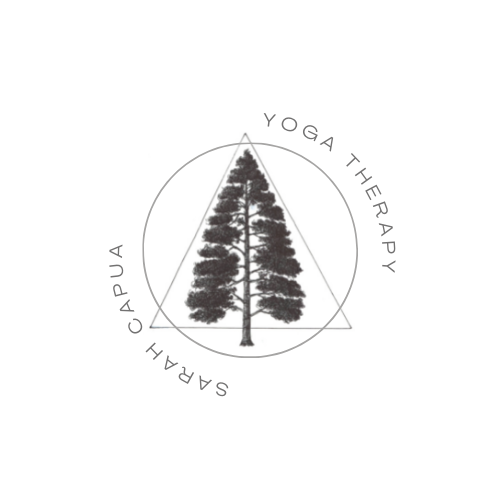What We Talk About When We Talk About Yoga
/by Sarah Capua
I teach yoga. When people ask me what I do, that is what I say. And I know when I say it, the image that fills their mind is possibly not at all what I think of when I say it. Not that they are wrong, but just that it seems to be a field where people think they know what Yoga means (if you told me you were a consultant or a financial analyst I would feel very confident in the fact that I have no idea what you actually do all day). I sometimes long for the early days of western yoga, when people had to ask ‘what is that?’ I would usually rather someone thought I was doing something weird than mentally dress me in spandex. But of course all of us in this field benefit from the mass awareness of the vast array of yoga identities, and our students do as well. I teach over-sixty grandmas from the Bronx mindfulness techniques, pranayama, and modified asana, and as they talk to me after class about their next trip to Vegas, I secretly revel in how incredible it is that they let me teach them this stuff. It’s an amazing thing to make these practices available to every population that wants them, because truly there is no one who won’t benefit.
However, I often find myself up against yoga expectations that I find a struggle to navigate. I was originally trained in very thoughtful vinyasa, and then went on to study in a tradition that focused on students’ individual needs over the requirements of a style. My approach as a teacher turned from crafting a sound, strong, engaging class out of the format of a yoga style, and toward observing my students, seeing what was moving and what needed opening, and simply giving them postures that were right for them. In both eras, I think I served my students well. But once I really started putting the focus on my students, I couldn’t let myself give students postures they weren’t prepared for, just because it would meet their expectations.
To me, I don’t feel like so much has changed, except the dropping of the limitations of a style of yoga, and a move toward a methodology. And it is hard for me to understand why people sometimes react so strongly to the approach being different than what they are used to. In other periods of my life, I chalked it up to people not getting it, not wanting real yoga, to just wanting to be entertained and get their butts worked out. But this attitude doesn’t help when there are humans in front of you, humans you desperately want to serve. It doesn’t help you reach them, it only cuts you off from finding a path to draw them into their own practice.
The longer I teach and the more I learn, the easier this conflict has become. The practice of observation in class has helped me to find new ways to engage students I might have lost years ago. And for every studio owner who asked me to change how I teach, for every student who did their own flow in class and ignored my instruction, I’ve been lucky enough to meet studio owners and communities of students who are open and curious enough to just practice, without those expectations, and have found themselves there, in the murkiness.
In yoga, in spiritual practice, in the body, in the mind, and the interplay between all of these, in all of the arenas that practice employs, I have no desire to act like I know where things are going. I don’t want to fill expectations, because I don’t want my teaching to be framed by the idea that we are supposed to be here, or are going there. I want the practice I give to my students to be the farthest thing away from expectations as anything could be, a place where they can connect and grow without pressure, without fear, without grasping, without beliefs. I want them to feel that their practice can accommodate the whole of where life will take them. That it can stay with them when their body changes, when their routine changes, when it shows them something beautiful and when it brings up something painful, when they feel connected to their great potential, and when they can’t go into downward dog anymore. I just want to be there with them, respond to what I see in front of me, and to encourage them to do the same.
Undoubtedly we are entering a new era in these teachings, with yoga being done in hospitals and hospices, as well as football fields and boardrooms. The masters of yoga who brought us this knowledge are passing, and it will be up to us to figure out how to take what they taught us and innovate the way they did. I wonder how we as teachers can reflect on the benefits and the limitations of styles of yoga; where does it help us streamline our teaching, and where does it limit our abilities to serve our students fully? Why do we need it? And how do we work with our students’ expectations in a way that helps all of us remain present?

